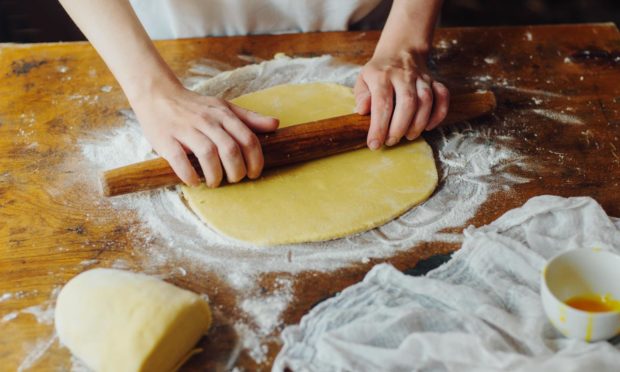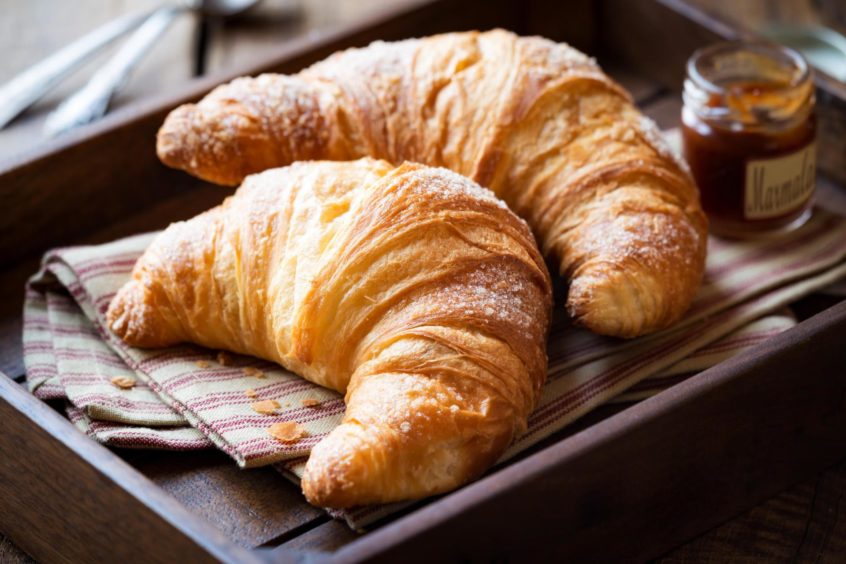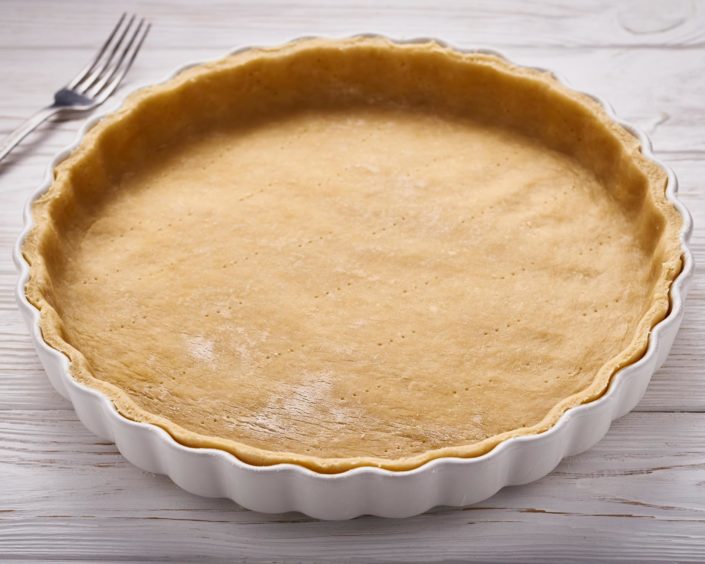Whether it’s shortcrust or puff pastry you want to learn how to make, Aunt Kate is here with two of her recipes to help you master your kitchen skills.
Any kind of pastry typically takes a couple of attempts to fully master, but while we are in another full lockdown we’re likely to have a bit more time in our kitchens to have a shot at making our own.
Aunt Kate, the “original domestic goddess“, who contributed recipes and household tips to The People’s Journal and the People’s Friend from the 1880s to the 1960s, has recipes for various types of pastry in her 1933 Baking Book. So we thought we’d share two of the most commonly-used types of pastry to get you started.
On the subject of pastry, Aunt Kate says: “The secret of good pastry is to handle it as little and as lightly as possible. A glass bottle filled with cold water makes an excellent rolling-pin for pastry.”
Puff pastry
Ingredients
- ½ lb (approx 225g) flour
- ½ lb (approx 225g) butter
- A pinch of salt
- A squeeze of lemon juice
- Cold water
Method
- Weigh the butter and let it lie in a basin of cold water for a short time before using. Sieve the flour and salt into a basin and add the lemon juice.
- Dry the butter in a dry floured cloth, squeezing out as much of the water as possible.
- Put the butter into the basin, cover well with the flour and break it into small pieces. Add cold water with the left hand, mixing it with the right hand until you have enough to bind.
- Turn the dough onto a floured board and roll out into a strip about 36 inches long by 6 inches wide.
- Roll the pastry first with a spoon or knife, then, as it cools a little, use your hands until it is formed into one lump.
- Turn on to a floured board and knead lightly until free from cracks. Use this while still warm as it can then be moulded as desired.
Shortcrust
Ingredients
- ½ lb (approx 225g) flour
- 1 tsp caster sugar
- ¼ lb (approx 115g) butter
- A squeeze of lemon juice
- Cold water
Method
- Rub the flour and sugar through a wire sieve into a clean, dry basin. Add a squeeze of lemon juice.
- Put in the butter, cover it well with the flour, and break it in pieces. Then rub together lightly with the tips of the fingers and the thumbs until as fine as breadcrumbs. While rubbing, keeping lifting the flour well up in the basin so that the air may mix with it.
- Then make a well in the centre of the dry ingredients and add cold water very gradually with the left hand, while mixing with the right.
- Use as little water as possible, otherwise the paste will be tough instead of short.
- Flour the pastry board lightly, lay the dough on it and work with the hands until free from cracks.
- Then flour a rolling pin, press down the pastry first, then with sharp, quick strokes, roll it out to the thickness required.
- This pastry only requires to be rolled out once.
- Roll it on the one side only, lifting it from time to time to dust a little flour under and over as required.
More in this series…


